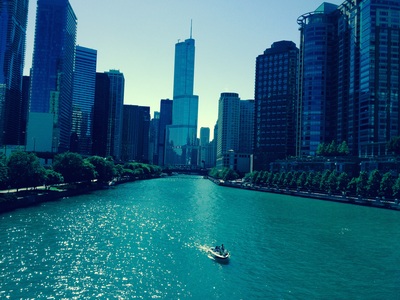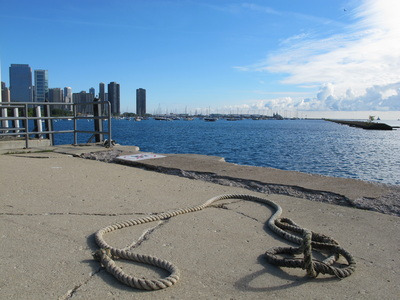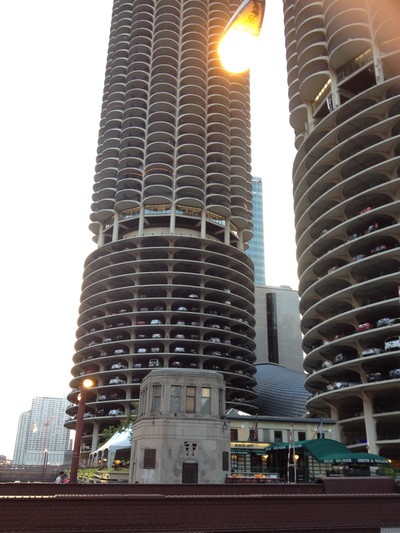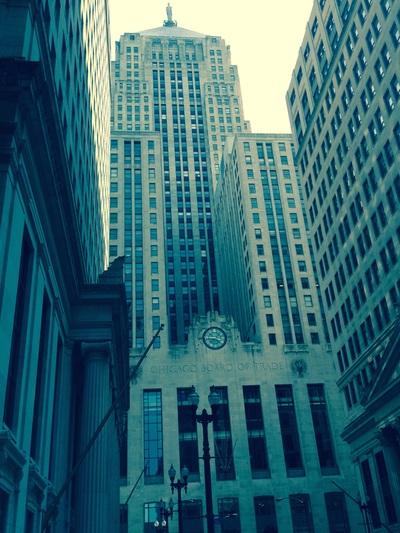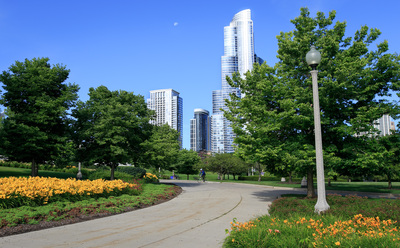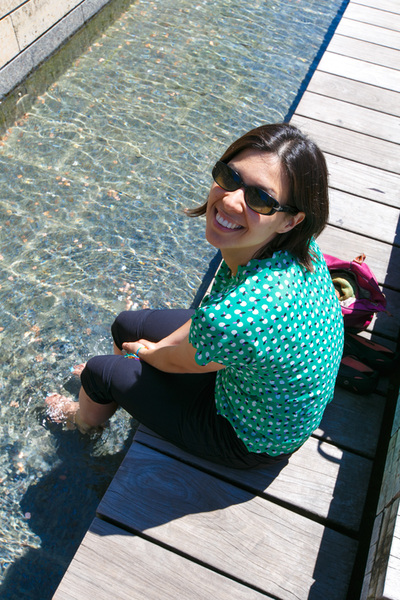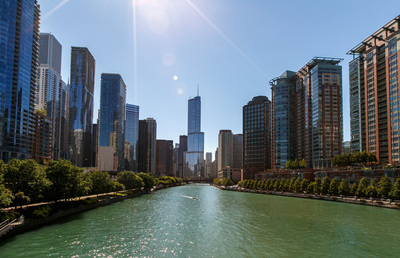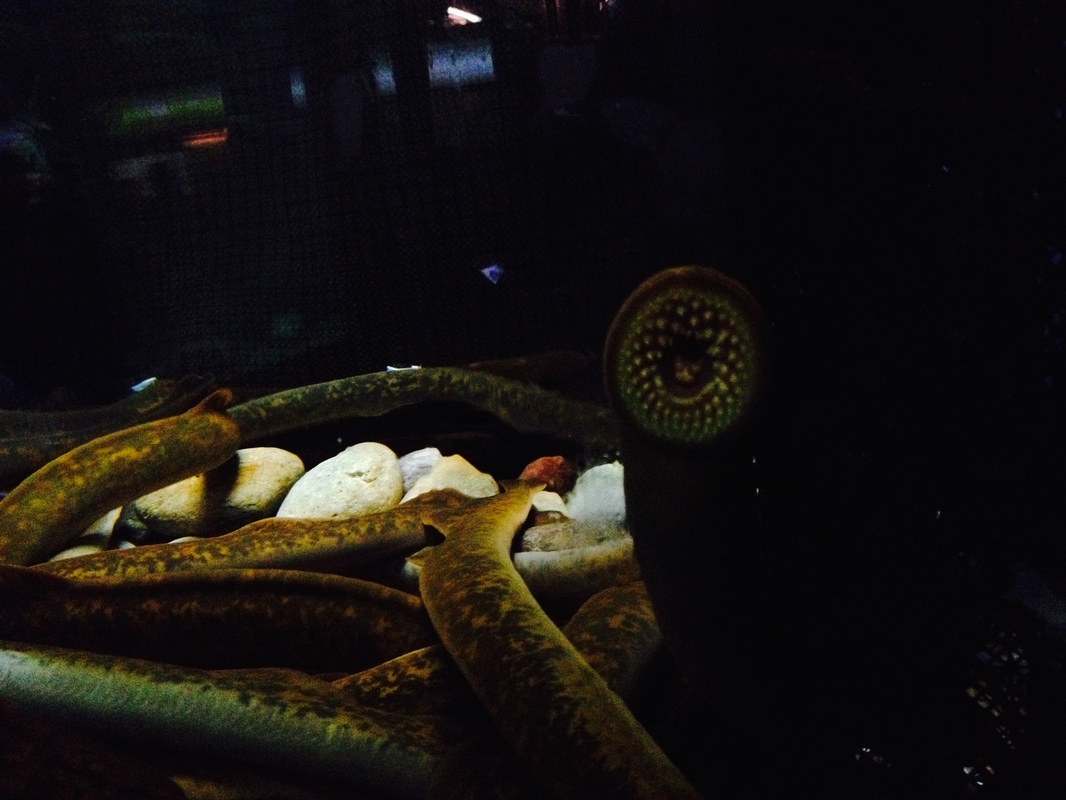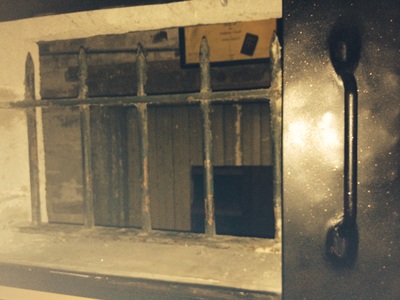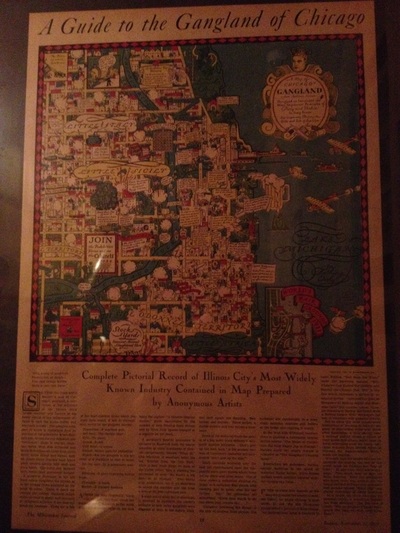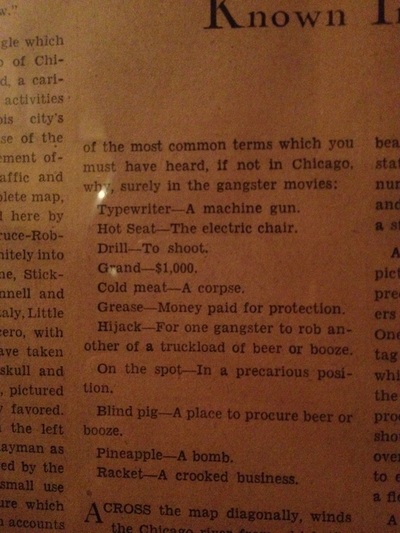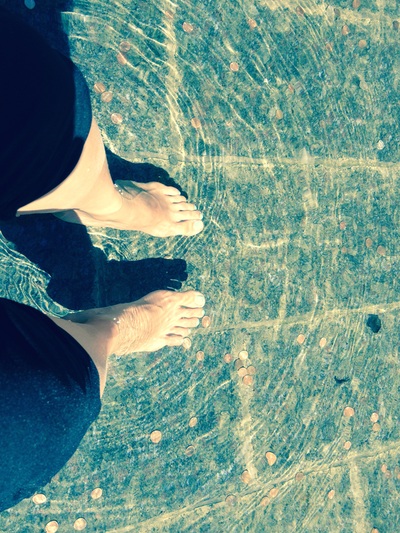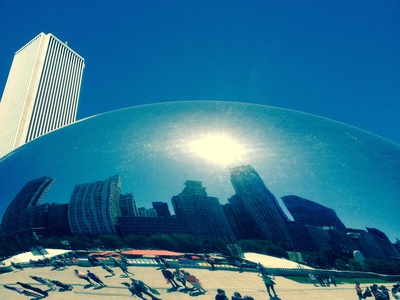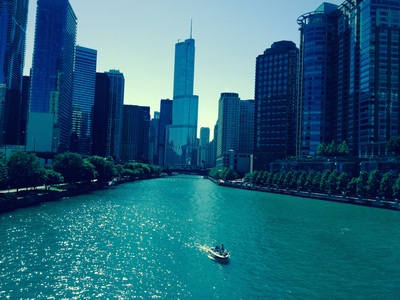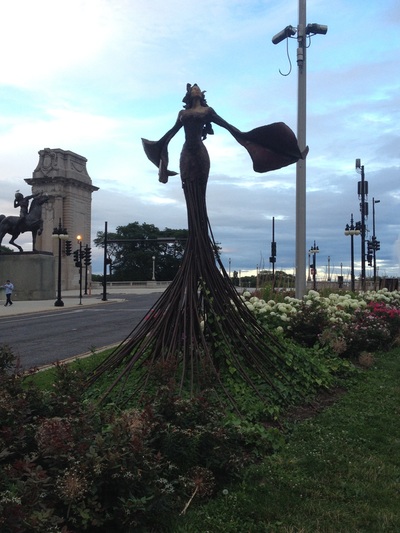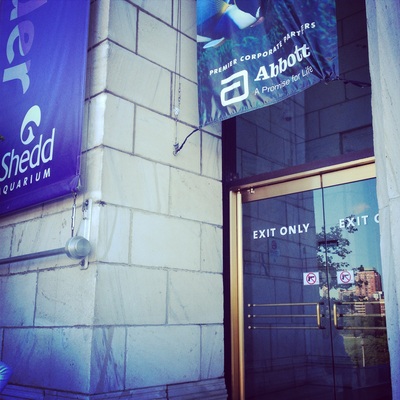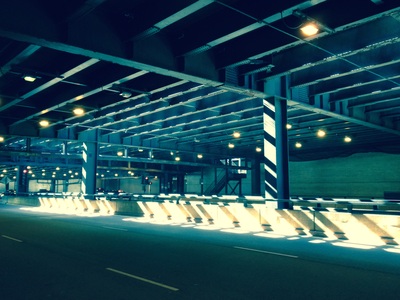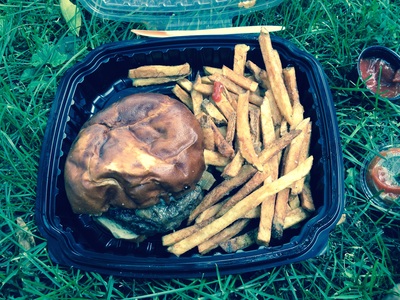|
By Greg Shields
Named after the mediocre balladic rock group of the 70’s*, Chicago has long earned its nom de plume as ‘Americas Second City’ by way of its spectacular architecture, river frontage, food and art culture, and significant placement in the middle of the countries most important waterways. We approached Chicago by train, boarding Amtrak’s City of New Orleans in Memphis and traversing the South by night and well into the following day. Sadly, Amtrak failed us with a miserable barrage of disappointments: 5 hours of delays, lost luggage, poor communication, and an unpleasant infusion of cigarette smoke into my eventually recovered suitcase. Luckily Jade has stocked up on hearty victuals, which prevented us from starvation. Many other passengers fared less well. Chicago, however, did not disappoint. It is a city conscious of its heritage, proud of its achievements, and excited about its future. The rebuilding of the city after the great fire in the late 1800s allowed architecture to blossom, leaving a legacy of spectacular Art Deco skyscrapers as well as marvellous modern constructions. We learnt all about it on an Chicago Architecture Foundation boat tour of the river, which we highly recommend. |
It was fantastic to hear all the trials and tribulations behind the scenes and what each section meant to him. Especially the last episode where the cameraman almost died when the big whale fell into the water on top of him!
Shedd Aquarium
Other highlights included the Shedd Aquarium, which came with free smugness courtesy of our savvy refusal to pay the $40 entrance fee, instead paying the almost secret $8 general admission and creeping illicitly into the forbidden special exhibitis. Only the sealions ever knew, and Jade threatened them into eternal silence.
Jade note: We caught the turtles eating breakfast. They are like little old people who very slowly gobble up the strawberries. Very mesmorising – see the video!
1920’s
For more pictures please see Greg’s amazing blog: www.basketoflight.weebly.com (also on top right corner tab).
Addendum on Prohibition & the Blues
For those wanting a bit more info we learnt loads on our drinking tour – and I took notes so I can share the interesting things with you. (Greg called me Hermione taking notes but I wanted to remember!).
Prohibition came around because of the vast amount of immigrants, who were supposedly bringing alcohol into the country as well as some bad morals. This xenophobia fuelled the local population to call for abstinence thinking that this would curtail the licentiousness.
The alcohol was still imported but now it was harder to get. The mobs were mainly in control of it, and would make it go further by diluting the drinks. However, a man by the name of Willie McCoy would import his rum from Jamaica but wouldn’t let anyone dilute it, hence you asked for ‘the real Mccoy’.
Another tidbit of info was that the term ‘the underground’ was coined in Chicago as the city has been built up several times. The cars in the city centre run on three levels, the top, the middle and the underground, its quite amazing to see cars driving on various levels under the main city streets. This was because Chicago was originally built on a swamp, so as the seasons changed the roads became impassable, so they built roads on stilts, and then raised the city again. The mob owned/used most of the underground passages during prohibition.
If you look up, at the top of the Intercontinental building in Chicago there is a docking station for a dirigible. There are also a few at the top of several buildings in NYC incl the Empire State building. Airships/Zepplins/Dirigibles were the new way to travel in the 1920’s before the Hindenburg accident.
The term ‘Speakeasy’ came about because you when you went up to the barman to order your prohibited drink, you were asked to ‘Lower your voice and speak easy’.
Lastly my favourite jazz musician Fats Waller came to Chicago to perform during the 1920’s and late one night after the gig he was jumped by several men and bundled up into a car. He was then driven to a bar outside of Chicago and taken into a room full of booze and people. They pointed a gun to his back and said ‘play the piano’. He sat down and did it, then slowly recovering from fright he realised that they were celebrating Al Capone’s birthday party! The celebrations lasted three days and at the end of it he was put in a cab back to Chicago with hundreds of dollars in tips!!!
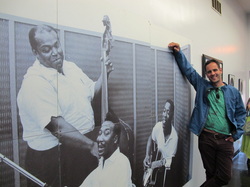
I just had to add for that we continued our musical odyssey by visiting the home of Chess Records, now known as Willie Dixon’s Blues Heaven. To backtrack, in 1900s Storyville in New Orleans was a thriving red light and jazz district. But in 1917 when the US Army was stationed there, they closed it as they didnt not want the troops to have ‘immoral distractions’ whilst they were deploying.
So all these musicians came to Chicago, along with all the poor black musicians working on the cotton farms from the delta triangle (that we spoke about in the last post!) known as the Great Migration. The fusion of New Orleans Jazz and the southern blues became known as Chicago Blues.
They all came to Chicago, so you had some of the greatest blues musicians arriving in Chicago around the same time, these included :
” Muddy Waters, Howlin’ Wolf, and Willie Dixon; guitar players such as Tampa Red, Buddy Guy, Bo Diddley, Elmore James and Lefty Dizz; and “harp” (blues slang for harmonica) players such as Big Walter Horton, Little Walter, Sonny Boy Williamson I, Syl Johnson, Charlie Musselwhite, Junior Wells, and, most notably, James Cotton.
(From wiki)
There were so many great musicians coming into Chicago. Many busked on street corners hoping to get discovered, like Buddy Guy who was busking when Muddy Waters heard him. He told him to come along and took him to a blues club and told him to get up on the stage and play. And that’s how he got started!
That was just one of the great stories we heard when we toured the Chess Studio with the grandson of songwriter Willie Dixon. It was great and personal with only myself, Greg and two older ladies who were massive fans of the Chess artists. He told us great stories about the artists, Chuck Berry, and Otis Spann. In particular he told us his grandfather Willie Dixon (was a songwriter for the artists), rang up Koko Taylor at 1am to tell her he had just written a hit song for her! In true sassy style she said ‘Willie, why don cha just call me in the mornin’?”
“Because I wrote this for ya and its gonna be a hit!” Sure enough, that was Wang Dang Doodle… see the clip below.
Chess Records were instrumental in getting Blues musicians noticed and appreciated amongst the white and black community. They’d have a recording session in the morning and if it was any good, the Chess brothers would send the recordings over the road to be printed and stamped that afternoon. Then they’d pack the new records into their car and drive to New York to give it to the DJ’s on the radio there and other promoters. It’s just amazing to think that was how things were done back then, compared to now.
I will leave you with a little quote from Willie about how he felt about the blues….
“The Blues are the true facts of life expressed in words and song, inspiration, feeling, and understanding.”
Willie Dixon
We also had the Best Burger in the world. It was at Kuma’s Corner where burgers are mixed with heavy metal. An Iron Maiden anyone? See the pic below!


